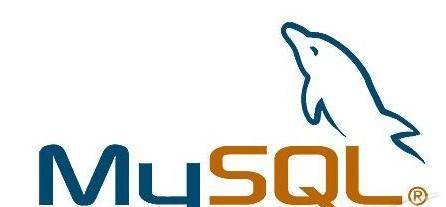scrapy 爬虫抓取网页写入 mysql 数据库
优质
小牛编辑
151浏览
2023-12-01

安装MySQL-python
[root@centos7vm ~]# pip install MySQL-python执行如下不报错说明安装成功:
[root@centos7vm ~]# python
Python 2.7.5 (default, Nov 20 2015, 02:00:19)
[GCC 4.8.5 20150623 (Red Hat 4.8.5-4)] on linux2
Type "help", "copyright", "credits" or "license" for more information.
>>> import MySQLdb
>>>创建page表
为了保存网页,在mysql数据库中创建page表,sql语句如下:
CREATE TABLE `page` (
`id` int(11) NOT NULL AUTO_INCREMENT,
`title` varchar(255) COLLATE utf8_unicode_ci NOT NULL,
`post_date` timestamp NULL DEFAULT CURRENT_TIMESTAMP ON UPDATE CURRENT_TIMESTAMP,
`post_user` varchar(255) COLLATE utf8_unicode_ci DEFAULT '',
`body` longtext COLLATE utf8_unicode_ci,
`content` longtext COLLATE utf8_unicode_ci,
PRIMARY KEY (`id`),
UNIQUE KEY `title` (`title`)
) ENGINE=InnoDB DEFAULT CHARSET=utf8 COLLATE=utf8_unicode_ci;其中title是文章标题,post_date是文章发布时间,post_user是发布者(也就是公众号),body是网页原始内容,content是提取出的纯文本格式的正文
创建item结构
在我们的scrapy项目里修改item.py文件,用来保存提取出来的结构化数据,内容如下:
import scrapy
class WeixinItem(scrapy.Item):
# define the fields for your item here like:
title = scrapy.Field()
post_date = scrapy.Field()
post_user = scrapy.Field()
body = scrapy.Field()
content = scrapy.Field()生成item结构
修改爬虫脚本,在parse函数中增加如下几句:
def parse_profile(self, response):
title = response.xpath('//title/text()').extract()[0]
post_date = response.xpath('//em[@id="post-date"]/text()').extract()[0]
post_user = response.xpath('//a[@id="post-user"]/text()').extract()[0]
body = response.body
tag_content = response.xpath('//div[@id="js_content"]').extract()[0]
content = remove_tags(tag_content).strip()
item = WeixinItem()
item['title'] = title
item['post_date'] = post_date
item['post_user'] = post_user
item['body'] = body
item['content'] = content
return item注:如果不知道爬虫脚本怎么写,请看上一篇文章《教你成为全栈工程师(Full Stack Developer) 三十一-利用微信搜索抓取公众号文章》
另外:这里的content是去标签后的纯文本,使用了remove_tags,这需要加载库:
from w3lib.html import remove_tags创建pipelines
scrapy持久化数据的方式是通过pipeline来实现。开源的各种爬虫软件均会对持久化方式提供各种方法,比如pyspider提供了写入mysql、mongodb、文件等的持久化方法,scrapy作为爬虫老将把接口留给了我们,我们可以自定义各种pipeline,同时可以通过配置灵活选择
pipeline机制通过pipelines.py文件和settings.py文件结合实现
修改scrapy项目里的pipelines.py内容如下:
# -*- coding: utf-8 -*-
import sys
reload(sys)
sys.setdefaultencoding('utf8')
import MySQLdb
class WeixinPipeline(object):
def __init__(self):
self.conn = MySQLdb.connect(host="127.0.0.1",user="myname",passwd="mypasswd",db="mydbname",charset="utf8")
self.cursor = self.conn.cursor()
def process_item(self, item, spider):
sql = "insert ignore into page(title, post_user, body, content) values(%s, %s, %s, %s)"
param = (item['title'], item['post_user'], item['body'], item['content'])
self.cursor.execute(sql,param)
self.conn.commit()里面的数据库配置按照自己的修改好,这里的process_item会在抓取时自动调用,并把爬虫脚本返回的item通过参数传递进来,这里通过insert将item结构化数据插入了mysql数据库
下面再看settings.py文件,如下:
ITEM_PIPELINES = {
'weixin.pipelines.WeixinPipeline': 300,
}运行爬虫后看到数据库如下:

相当完美,准备用这些数据来作为训练样本来做机器学习之用,预知后事如何,且听下回分解

